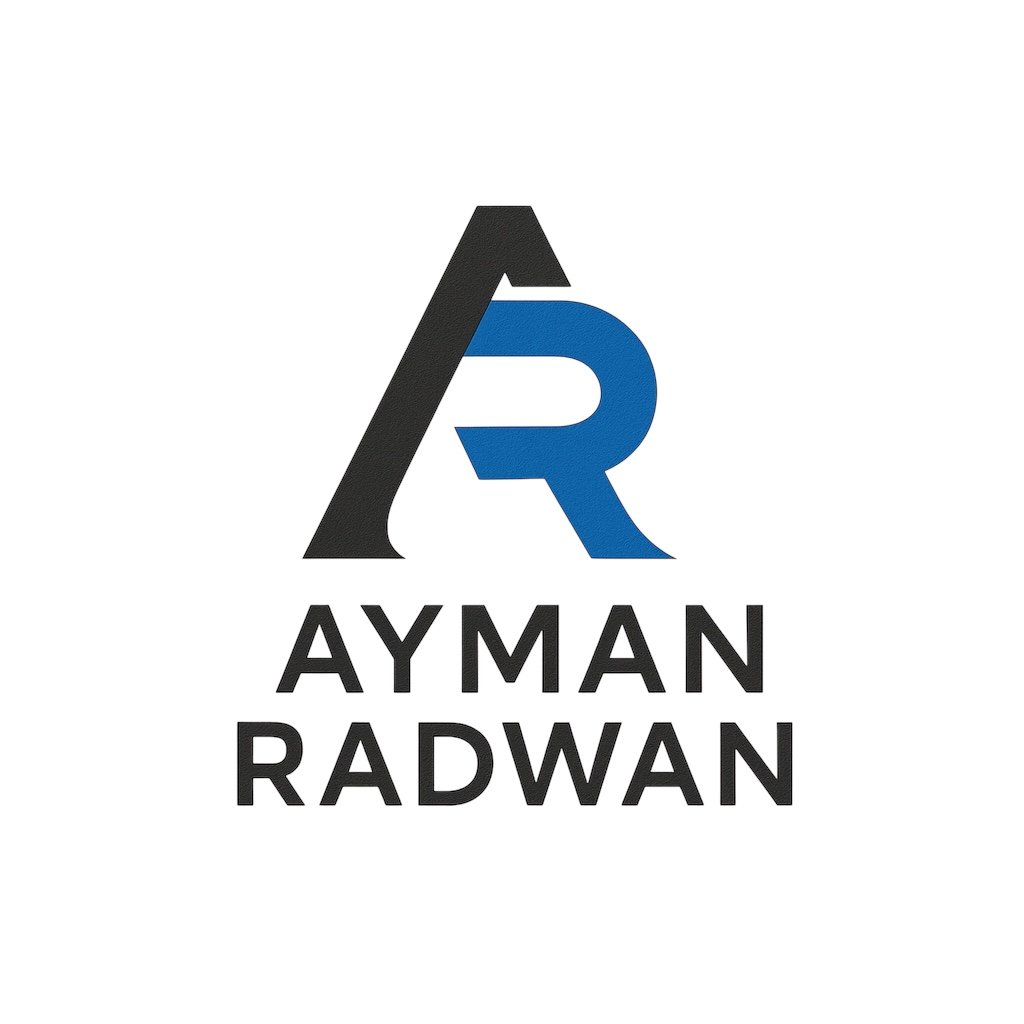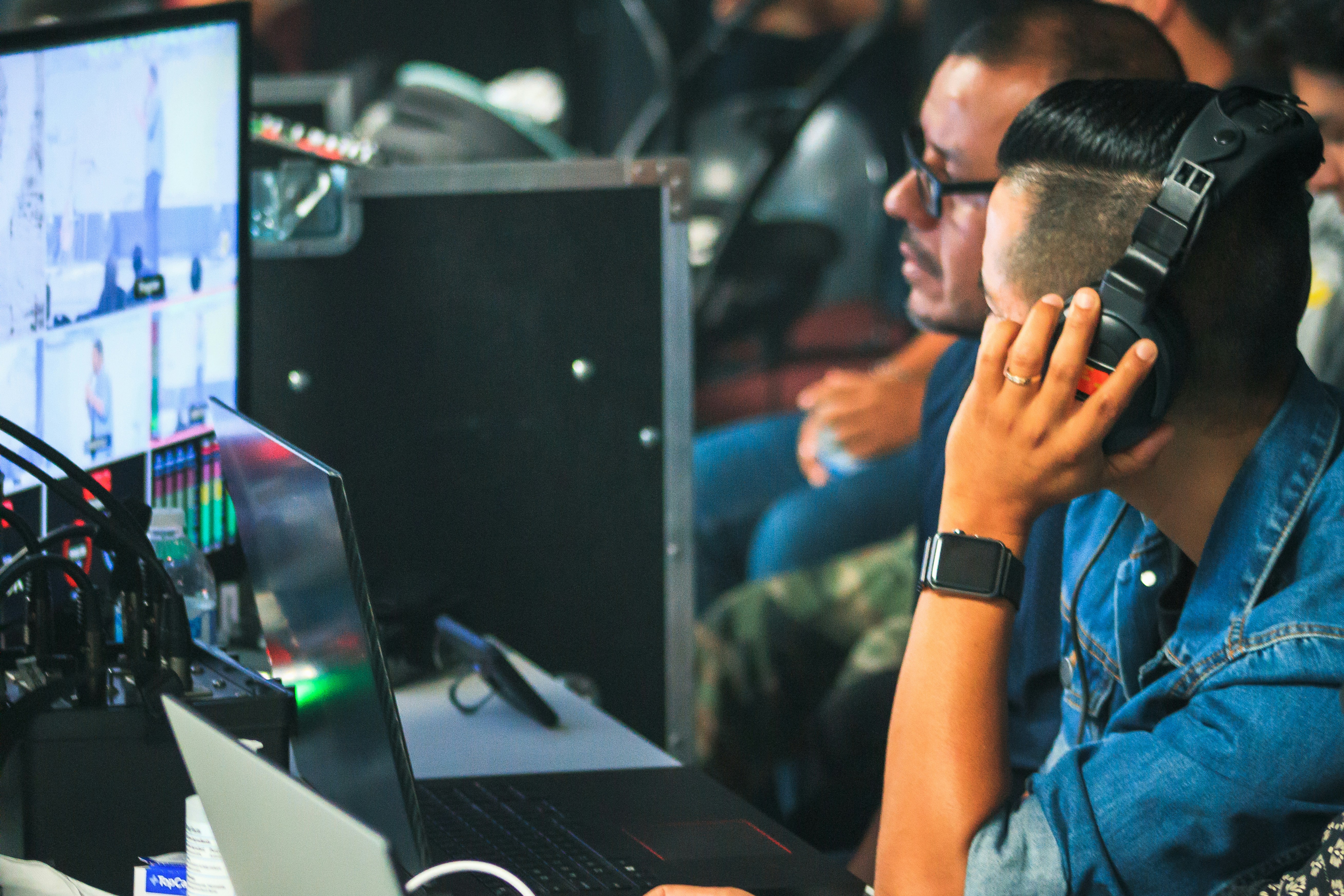The Evolution of Broadcast Operations in the Digital Era
Broadcast operations are the backbone of media production, encompassing a wide range of activities that ensure seamless content delivery across platforms. In today’s fast-evolving landscape, broadcast operations have been significantly transformed by technology—reshaping how content is acquired, produced, and distributed.
Modern operations now leverage advanced digital tools and automated workflows that support everything from live capture to multi-platform delivery. This evolution demands that professionals not only stay current with the latest innovations but also adopt agile mindsets to navigate ongoing change.
From Camera to Cloud: Redefining Traditional Broadcast Roles
Historically, broadcast operations revolved around core components such as camera work, audio engineering, and post-production. High-quality visual output depended on skilled camera operation, while immersive sound design relied on precise audio engineering. Post-production involved editing, color correction, sound mixing, and finishing—all aimed at refining content to meet creative and technical standards.
As technology has progressed, these once-isolated functions have become increasingly digital and interconnected. Cloud-based systems, automated editing tools, and real-time collaboration platforms have significantly improved workflow efficiency and reduced turnaround time. What was once a linear process is now dynamic, collaborative, and often remote.
OTT Platforms and On-Demand Culture: A New Distribution Frontier
The rise of Over-the-Top (OTT) platforms has fundamentally changed content distribution. By bypassing traditional cable and satellite channels, OTT services deliver content directly to audiences over the internet—on-demand and across devices.
This shift has forced broadcast operations to integrate with digital strategies, ensuring content is optimized for diverse screen sizes, bitrates, and viewing environments. Broadcasters must now adapt content packaging, metadata, and delivery formats to align with platform-specific requirements.
As audiences increasingly expect personalized, anytime-anywhere access, broadcast professionals must adopt flexible, data-driven approaches to stay competitive in an OTT-first world.
AI and Automation: Driving Media Innovation at Scale
The media industry is being transformed by artificial intelligence (AI), machine learning, and intelligent automation. These technologies are revolutionizing how content is created, personalized, and distributed—unlocking new levels of efficiency and creative potential.
AI-driven tools are streamlining repetitive tasks such as auto-captioning, content tagging, and highlight reel generation. Machine learning algorithms can analyze viewer behavior and recommend personalized content, improving engagement and retention.
In distribution, AI is helping predict viewing patterns and optimize content scheduling across platforms and time zones. This data-informed strategy not only maximizes reach but also enhances ROI by delivering the right content to the right audience at the right time.
For broadcasters, embracing AI means freeing up human creativity while accelerating workflows and reducing operational costs.
Studio Leadership: Building Agile, Tech-Driven Workflows
In today’s complex media environment, effective studio leadership is critical to operational success. Leaders must champion innovation while building teams that are agile, collaborative, and future-ready.
Adaptability is a defining quality of modern studio leadership. As audience demands and technologies shift, leaders must continuously rethink workflows, adopt new tools, and encourage a culture of experimentation. Promoting a mindset of lifelong learning helps teams stay ahead of the curve.
Cross-functional collaboration is equally important. Breaking down silos between departments fosters creative synergy and ensures that projects benefit from diverse perspectives. Strong leaders actively invest in professional development, implement continuous feedback loops, and cultivate partnerships with tech providers to stay informed of emerging trends.
By embracing these strategies, studio leaders can create resilient, scalable workflows that are equipped to handle future demands.
The Future of Content Creation: Personalization, AR/VR, and Beyond
The future of content creation and distribution is defined by rapid innovation and changing viewer expectations. As traditional broadcasting models give way to digital-first strategies, professionals must proactively engage with emerging technologies to remain relevant.
Personalization is now a baseline expectation. Audiences want content that aligns with their interests, habits, and platforms of choice. Leveraging data analytics allows broadcasters to craft targeted experiences, replacing one-size-fits-all programming with content that resonates deeply with niche audiences.
Immersive storytelling through augmented reality (AR) and virtual reality (VR) is also gaining traction—particularly in entertainment, news, and experiential formats. These technologies offer powerful new tools for emotional storytelling and audience engagement, opening up novel formats for creators.
To thrive in this next era, broadcast professionals must remain curious, open to change, and committed to continuous learning. By embracing emerging platforms, tools, and storytelling methods, they can shape a more interactive and dynamic media future.
Conclusion
Broadcast operations are no longer just about transmission—they’re about transformation. From AI-powered automation to OTT disruption and immersive experiences, the media industry is undergoing a profound shift. Navigating this change requires a blend of technical expertise, creative vision, and strong leadership.
By staying agile, embracing innovation, and fostering collaboration, media professionals and studio leaders can build future-ready workflows that not only meet today’s demands but anticipate tomorrow’s opportunities.

